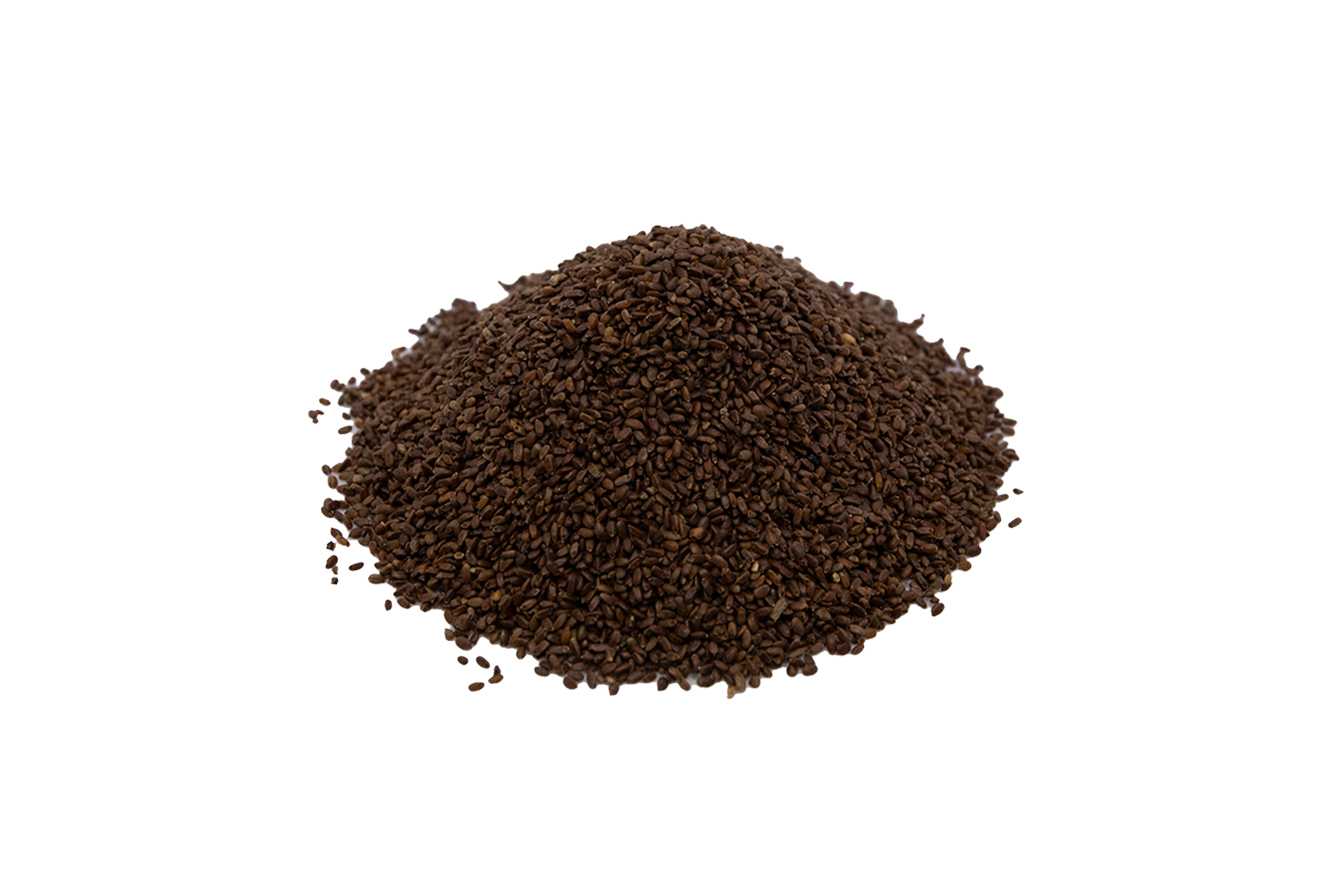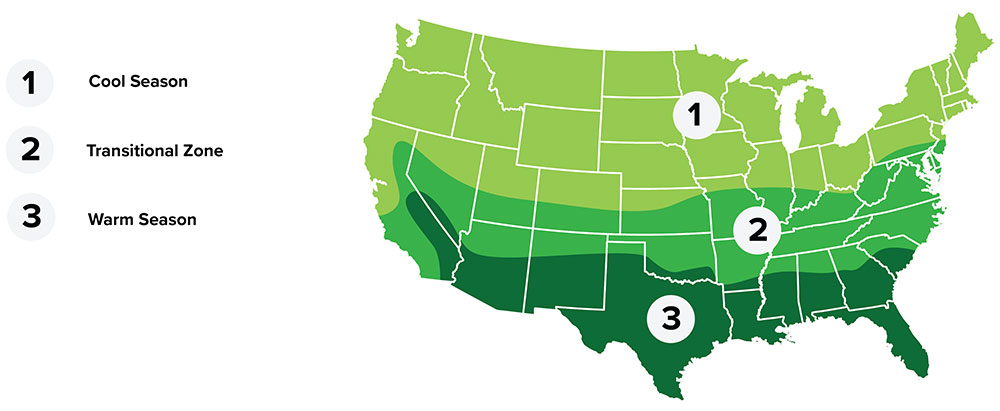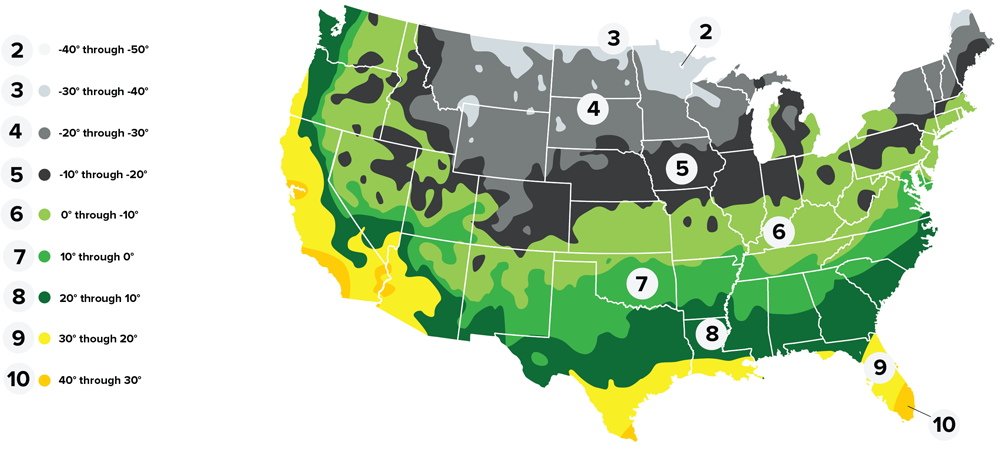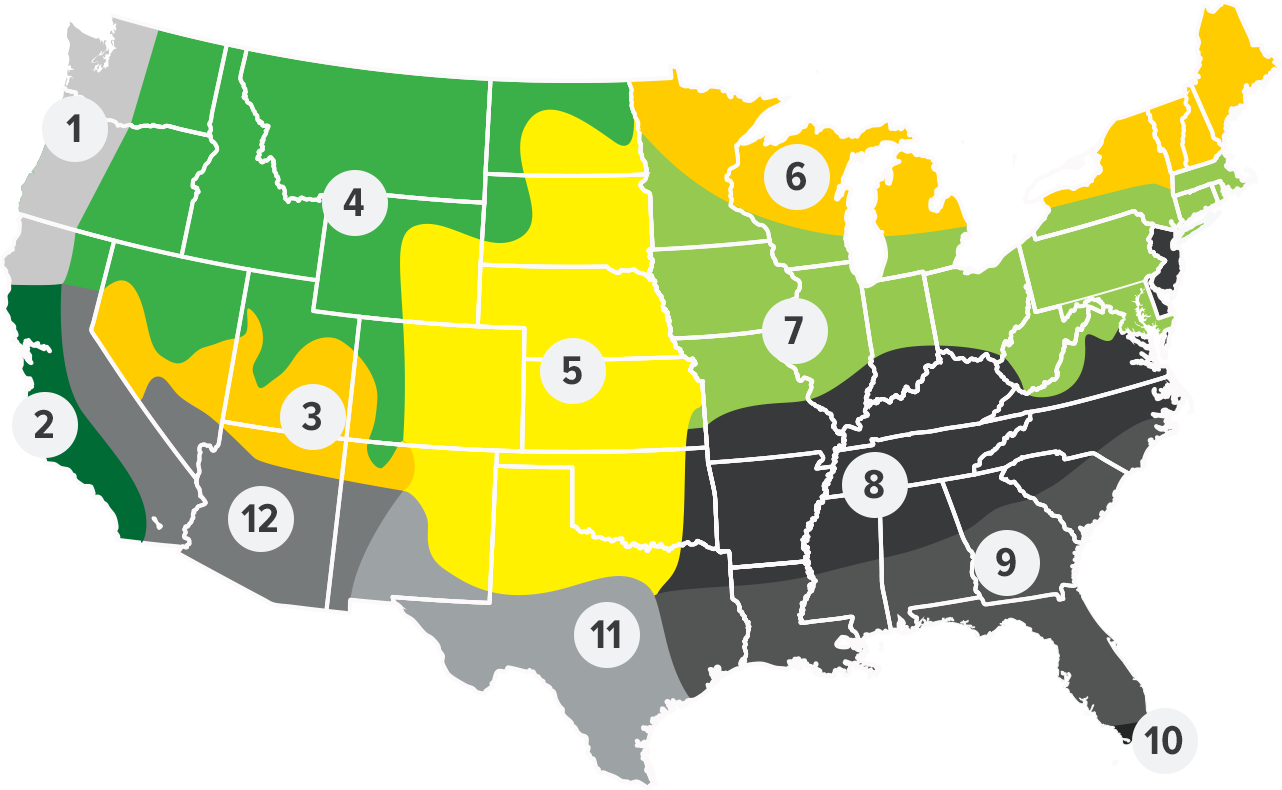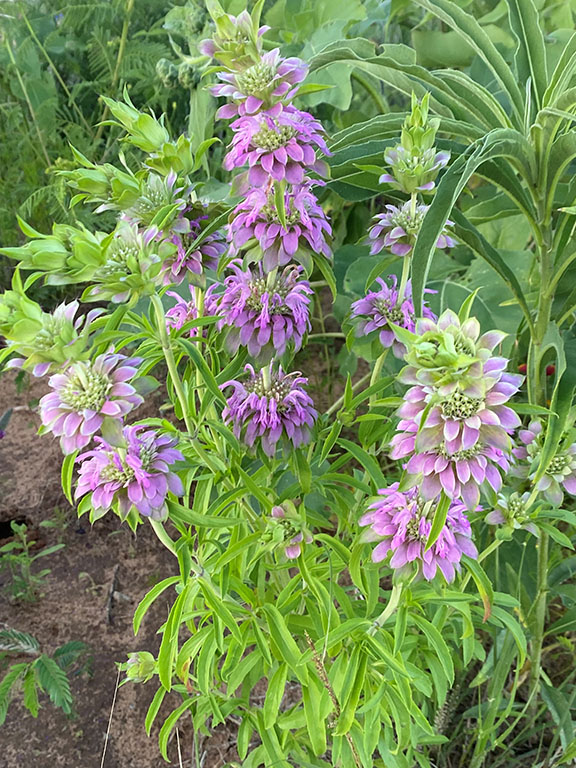
LEMON MINT
Summary
Lemon Mint, distinguished by its delightful lemony-citrus fragrance, is easily identified by its verticils of striking flowers adorned with whitish to pale lavender bracts. Its distinctive two-lipped corollas feature petals in shades of white and pink, adorned with charming white spots. This aromatic herbaceous plant can be found across a wide geographical range, stretching from Arkansas to northern Mexico, where it thrives in a variety of sandy and clay loam soils.
Often growing in dense clumps, Lemon Mint occasionally attracts the attention of white-tailed deer, who may browse on its foliage. In areas where it proliferates, it provides limited cover for bobwhite quail and small mammals, adding to its ecological value in the landscape.
Beyond its ecological contributions, Lemon Mint has a rich cultural history. Native Americans and settlers alike utilized this versatile plant to make teas and general tonics for colds, harnessing its natural properties for medicinal purposes.
Lemon Mint is not only a delightful addition to the landscape with its fragrant blooms and attractive foliage but also serves as a valuable resource for wildlife and a link to our cultural heritage. Its versatility, resilience, and aesthetic appeal make it a cherished species in gardens, natural areas, and historical contexts across its native range.
Be sure to check out our wide selection of native wildflowers!
Learn more about wildflowers in our “Growing with Us” podcast!
Plant Characteristics
Taxonomy
Zone
- Regional Growing Zone
- 1 - Northwest Coastal, 5 - Midwest, 6 - Northeast Lakes, 9 - Southeast, 10 - South Florida, 11 - South Texas, 12 - Southwest
- USDA Plant Hardiness Zones
- 2, 3, 4, 5, 6, 7, 8, 9, 10
- Temperature Zone
- Warm, Cool, Transitional
Plant Characteristics
- Height
- 12" - 31"
- Bloom Period
- Late-Spring - Summer
- Bloom Color
- Purple
- Bloom Description
tuft-like, lavender to pink, whorled flower heads
- Leaf Color
- Green
- Growing Cycle
- Annual
- Sun Requirement
- Full Sun, Partial Sun
Plant Information
- Planting Season
- Fall - Winter
- Plant Depth
- .25"
- Establishment
- Easy
Seed Information
- Seeds Per Pound
- 819,000
- Kingdom
- Plantae
- Subkingdom
- Tracheobionta
- Super Division
- Spermatophyta
- Division
- Magnoliophyta
- Class
- Magnoliopsida
- Subclass
- Asteridae
- Order
- Lamiales
- Family
- Lamaiceae martinov
- Genus
- Monarda
- Species
- Monarda citriodora
Coverage Area & Available Sizes
Applications
Many pollinators visit this aromatic wildflower, it is especially popular with bees, butterflies, and hummingbirds.
Lemon Mint readily reseeds when allowed to go to seed before mowing. When planted in large colonies, it creates a stunning visual and fragrant display. Deer resistant.










